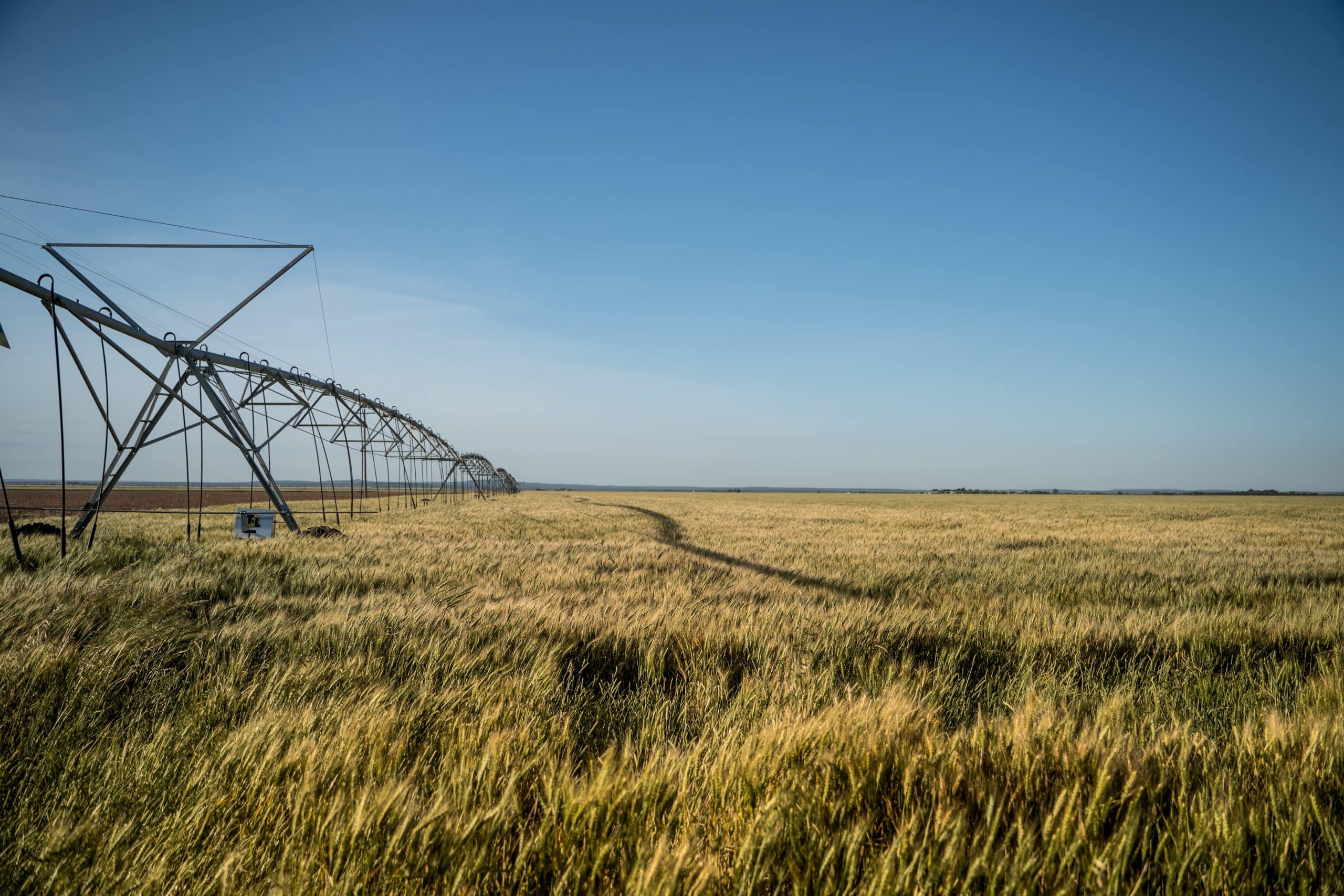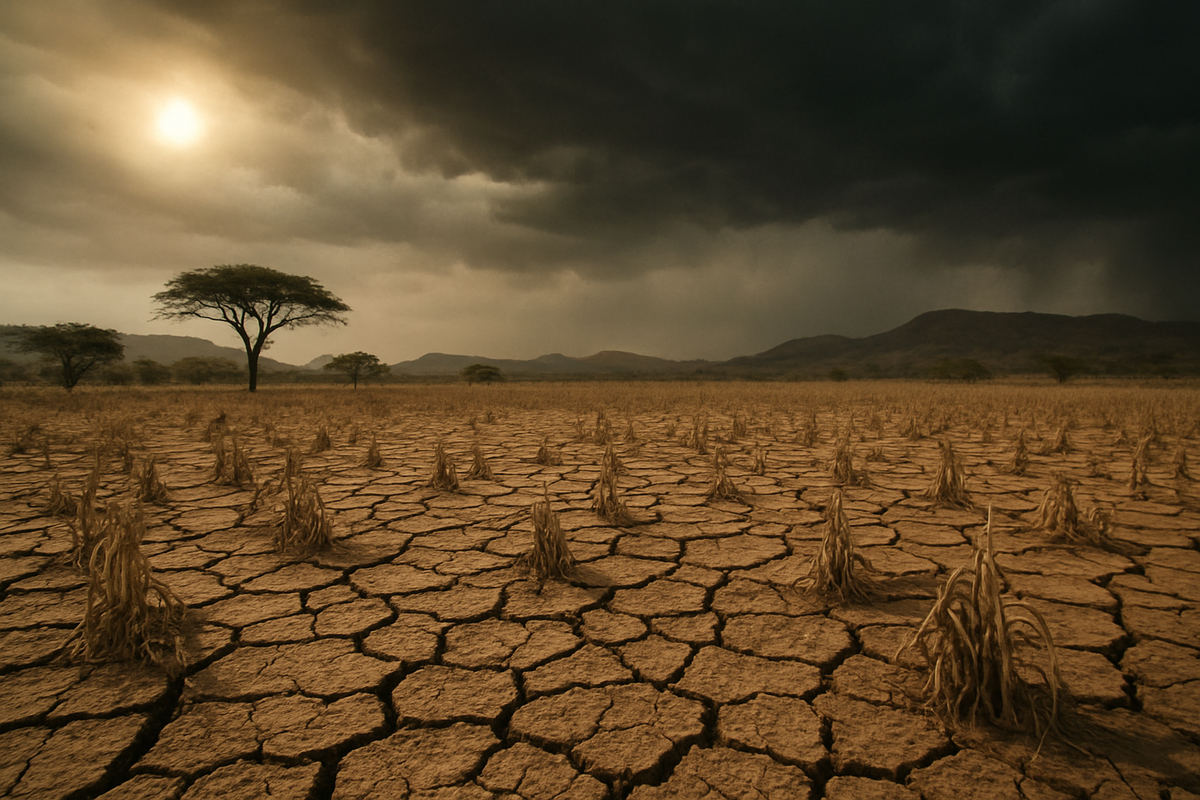Harvesting resilience: farmers as architects of food security – Impact Economist

Report on the Role of Farmers in Advancing Sustainable Development Goals through a Resilient Global Food System
Introduction: The Centrality of Farmers to Global Food Security and SDG 2
The global food system, which sustains billions of people, is fundamentally reliant on the work of over 600 million family farmers. These producers are responsible for approximately 80% of the world’s food supply and support the livelihoods of 2.5 billion people. This foundational role directly addresses the core tenets of Sustainable Development Goal 2 (Zero Hunger) by working to ensure food security and promote sustainable agriculture. Farmers demonstrate significant entrepreneurial spirit in navigating a complex global system to deliver nourishing food, thereby also contributing to SDG 8 (Decent Work and Economic Growth).
Challenges to Sustainable Food Production
Despite the proven resilience of the global food system, farmers face an increasing number of interconnected challenges that impact their ability to meet global food demand sustainably. These pressures threaten progress towards multiple SDGs and require adaptive solutions. Key challenges include:
- Climate Volatility: Extreme weather events such as droughts and floods directly impact crop yields and agricultural stability, posing a significant threat to the objectives of SDG 13 (Climate Action).
- Shifting Consumer Demand: Evolving dietary preferences reshape market demands, requiring farmers to adapt their production methods and crop choices.
- Supply Chain Disruptions: Global trade routes are increasingly vulnerable to disruption from geopolitical tensions and other external shocks, affecting the efficient distribution of food.
Farmer-Led Innovation in Regenerative Agriculture
In response to these challenges, farmers are increasingly adopting sustainable and regenerative agricultural practices. These methods are designed to enhance the ecological and economic resilience of farming operations, aligning short-term profitability with long-term sustainability. This approach is critical for achieving SDG 12 (Responsible Consumption and Production) by fostering more efficient use of resources.
- Regenerative Techniques: Farmers are implementing practices such as cover cropping, minimal tillage, and rotating grazing.
- Nature-Based Methods: These techniques work with natural systems to improve farm output and environmental health.
The adoption of these practices yields multiple benefits that advance key Sustainable Development Goals:
- Improved Soil Health and Biodiversity: These outcomes directly support SDG 15 (Life on Land) by restoring terrestrial ecosystems.
- Enhanced Carbon Sequestration: By capturing carbon in the soil, these methods contribute to mitigating climate change, a primary target of SDG 13 (Climate Action).
- Increased Farm Profitability: The economic viability of these practices ensures their scalability and contributes to the economic well-being of farming communities, aligning with SDG 8.
The Role of Technology and Context-Specific Solutions
Technological innovation plays a vital role alongside regenerative practices in building a more resilient food system. As noted by Roger Watchorn of Cargill’s agricultural supply chain, farmers are leveraging technology to navigate volatility and meet the demand for trillions of calories. Advanced tools enable data-driven decisions that optimize resource use and productivity, furthering the aims of SDG 2 and SDG 12.
- Predictive Analytics: Helps farmers anticipate and respond to changing conditions.
- Precision Agriculture: Allows for the precise application of resources like water and fertilizer, reducing waste.
Crucially, solutions must be tailored to regional realities. The needs and viable practices for a soybean farmer in the United States differ significantly from those of a smallholder cocoa grower in West Africa. Therefore, supporting farmers with economically viable and culturally relevant solutions specific to their operations is essential for achieving the Sustainable Development Goals on a global scale.
Analysis of Sustainable Development Goals in the Article
1. Which SDGs are addressed or connected to the issues highlighted in the article?
-
SDG 2: Zero Hunger
- The article’s central theme is the global food system, food security, and the role of farmers. It explicitly states that “More than 600m family farmers grow four-fifths of the world’s food” and that “Without them, there is no food system,” directly connecting to the goal of ending hunger and ensuring food security.
-
SDG 8: Decent Work and Economic Growth
- The article highlights that farming sustains “2.5bn livelihoods” and emphasizes the importance of “farm profitability” and “economically viable” solutions for farmers. This connects to promoting sustained, inclusive, and sustainable economic growth and productive employment.
-
SDG 13: Climate Action
- The text addresses climate change as a major challenge, noting that “Climate volatility impacts fields” and farmers must adapt to “droughts, floods.” It also presents a solution through regenerative agriculture, which aids in “carbon sequestration,” directly linking to climate action.
-
SDG 15: Life on Land
- The article discusses sustainable farming practices that benefit terrestrial ecosystems. It mentions that regenerative agriculture techniques help in “improving soil health, biodiversity,” which are key components of protecting and restoring life on land.
-
SDG 9: Industry, Innovation, and Infrastructure
- The role of technology in enhancing agricultural resilience and productivity is emphasized. The article points to “Innovative technologies,” “Predictive analytics, advanced telemetry and precision agriculture tools” as vital for optimizing resource use and making data-driven decisions, which aligns with the goal of fostering innovation.
2. What specific targets under those SDGs can be identified based on the article’s content?
-
Target 2.3: Double the agricultural productivity and incomes of small-scale food producers.
- The article acknowledges the diverse needs of farmers, contrasting a “soybean farmer in the US” with a “smallholder cocoa grower in West Africa,” and stresses the need for “economically viable and culturally relevant solutions specific to their operations,” which supports the goal of improving smallholder incomes and productivity.
-
Target 2.4: Ensure sustainable food production systems and implement resilient agricultural practices.
- This is a primary focus of the article. It extensively discusses the adoption of “sustainable practices such as regenerative agriculture, including cover cropping, minimal tillage, rotating grazing, and nature-based methods” to build a resilient food system that can adapt to “droughts, floods, pests and geopolitics.”
-
Target 8.2: Achieve higher levels of economic productivity through technological upgrading and innovation.
- The article highlights how “Innovative technologies… play a vital role alongside regenerative practices.” It mentions “Predictive analytics, advanced telemetry and precision agriculture tools” that “increase productivity, optimise resource use and further enhance the resilience” of the food system.
-
Target 13.1: Strengthen resilience and adaptive capacity to climate-related hazards.
- The text describes how farmers are adapting to “climate volatility” and that the food system has “demonstrated its resilience in the face of global disruptions.” The adoption of new practices and technologies is presented as a way to strengthen this adaptive capacity.
-
Target 15.3: Combat desertification, restore degraded land and soil.
- The article promotes regenerative agriculture techniques specifically for their ability to “improve soil health.” Practices like “minimal tillage” and “cover cropping” are directly aimed at restoring land and soil quality, aligning with this target.
3. Are there any indicators mentioned or implied in the article that can be used to measure progress towards the identified targets?
-
Implied Indicator for Target 2.4: Adoption of sustainable agricultural practices.
- The article implies that progress can be measured by the uptake of specific techniques. It lists “cover cropping, minimal tillage, rotating grazing, and nature-based methods” as measurable practices whose adoption would indicate progress toward a more sustainable food system.
-
Implied Indicator for Targets 2.3 and 8.2: Farm profitability and productivity.
- The article states that many sustainable practices were adopted by farmers “pursuing economic benefits” and that solutions must be “economically viable.” Therefore, measuring “farm profitability” and increases in productivity through “data-driven decisions” serve as key indicators of success.
-
Implied Indicators for Targets 13.1 and 15.3: Improvements in ecosystem health.
- The article suggests that the outcomes of sustainable practices can be measured. It points to “improving soil health, biodiversity, [and] carbon sequestration” as tangible results. These can be used as indicators to track progress in climate adaptation and land restoration.
SDGs, Targets and Indicators Summary
| SDGs | Targets | Indicators (Mentioned or Implied in the Article) |
|---|---|---|
| SDG 2: Zero Hunger | 2.3: Double the agricultural productivity and incomes of small-scale food producers.
2.4: Ensure sustainable food production systems and implement resilient agricultural practices. |
– Economic viability and profitability for smallholders. – Adoption rate of regenerative agriculture practices (cover cropping, minimal tillage, etc.). |
| SDG 8: Decent Work and Economic Growth | 8.2: Achieve higher levels of economic productivity through technological upgrading and innovation. | – Increase in farm productivity through the use of precision agriculture and predictive analytics. – Farm profitability. |
| SDG 9: Industry, Innovation, and Infrastructure | 9.5: Enhance scientific research, upgrade the technological capabilities of industrial sectors. | – Use of innovative technologies like advanced telemetry and data-driven tools in agriculture. |
| SDG 13: Climate Action | 13.1: Strengthen resilience and adaptive capacity to climate-related hazards. | – Level of carbon sequestration in soil. – Demonstrated resilience of the food system to climate volatility (droughts, floods). |
| SDG 15: Life on Land | 15.3: Combat desertification, restore degraded land and soil. | – Measurable improvements in soil health. – Increases in on-farm biodiversity. |
Source: impact.economist.com

What is Your Reaction?
 Like
0
Like
0
 Dislike
0
Dislike
0
 Love
0
Love
0
 Funny
0
Funny
0
 Angry
0
Angry
0
 Sad
0
Sad
0
 Wow
0
Wow
0
















































/environment-climate-change-and-health-(ech)/water-sanitation-hygiene-and-health-(wsh)/landfill-tuvalu-36092.tmb-1200v.jpg?sfvrsn=5c21fe40_1#)

.jpg.webp?itok=0ZsAnae9#)
























